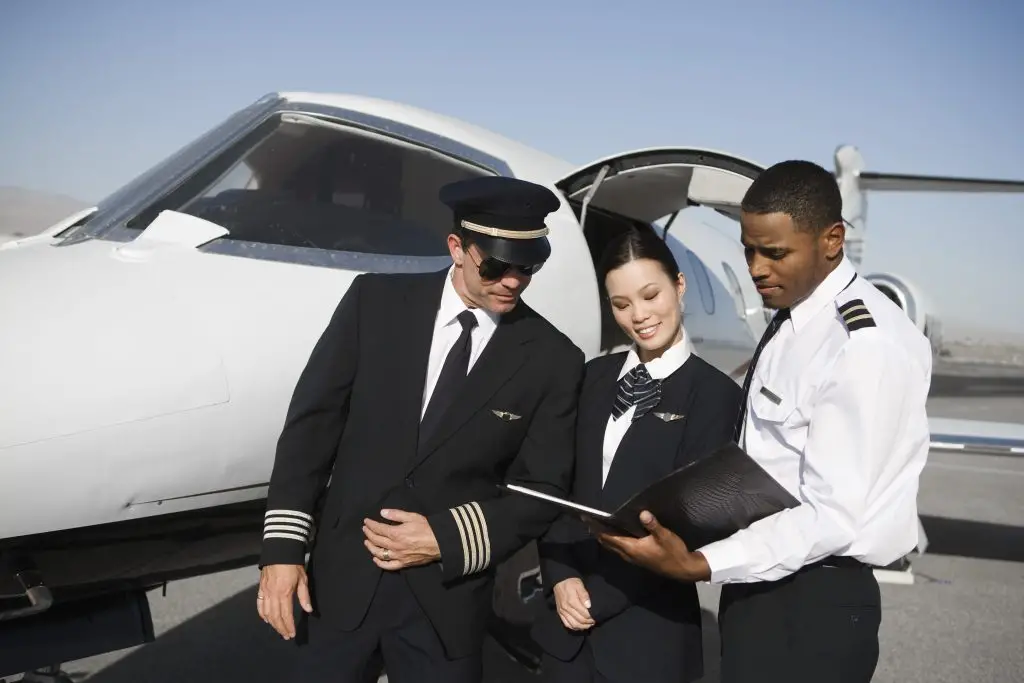
Have you ever dreamed of soaring through the skies as a commercial airline pilot? If so, you might be wondering how much it costs to become one. While the path to becoming a commercial pilot can be long and challenging, the financial investment required is equally significant. In this article, we’ll break down the costs associated with becoming a commercial airline pilot and offer some tips on how to minimize expenses.
The Cost of Flight Training
The first step to becoming a commercial airline pilot is obtaining your private pilot’s license. This license requires a minimum of 40 hours of flight time, which can cost anywhere from $15,000 to $20,000 depending on where you live and where you train. Once you’ve earned your private pilot’s license, you’ll need to obtain your commercial pilot’s license, which requires a minimum of 250 hours of flight time.
The cost of flight training for a commercial pilot’s license can vary widely depending on a variety of factors, including:
On average, you can expect to pay between $55,000 and $100,000 for flight training to obtain your commercial pilot’s license. This cost includes not only the cost of flight time but also the cost of ground school, textbooks, and supplies.
Building Flight Hours
Once you’ve obtained your commercial pilot’s license, you’ll need to build flight hours to meet the requirements to become an airline pilot. The minimum flight hours required by most airlines is 1,500 hours, although some regional airlines may accept pilots with as few as 500 hours.
Building flight hours can be expensive, especially if you don’t have access to an aircraft or can’t afford to rent one. Many pilots choose to work as flight instructors or in other aviation-related jobs to build their hours while earning a paycheck.
Additional Costs
In addition to the cost of flight training and building flight hours, there are various other costs associated with becoming a commercial airline pilot. These can include:
Minimizing Costs
While becoming a commercial airline pilot is a significant financial investment, there are some things you can do to minimize costs. Here are a few tips:
Conclusion
Becoming a commercial airline pilot is a significant financial investment, but it can also be a rewarding and fulfilling career. While the cost of flight training and building flight hours can be high, there are ways to minimize expenses and make the investment more manageable. By researching flight schools carefully, considering less expensive training locations, taking advantage of financing options, and building relationships in the aviation community, you can make your path to became an airline pilot much cheaper.